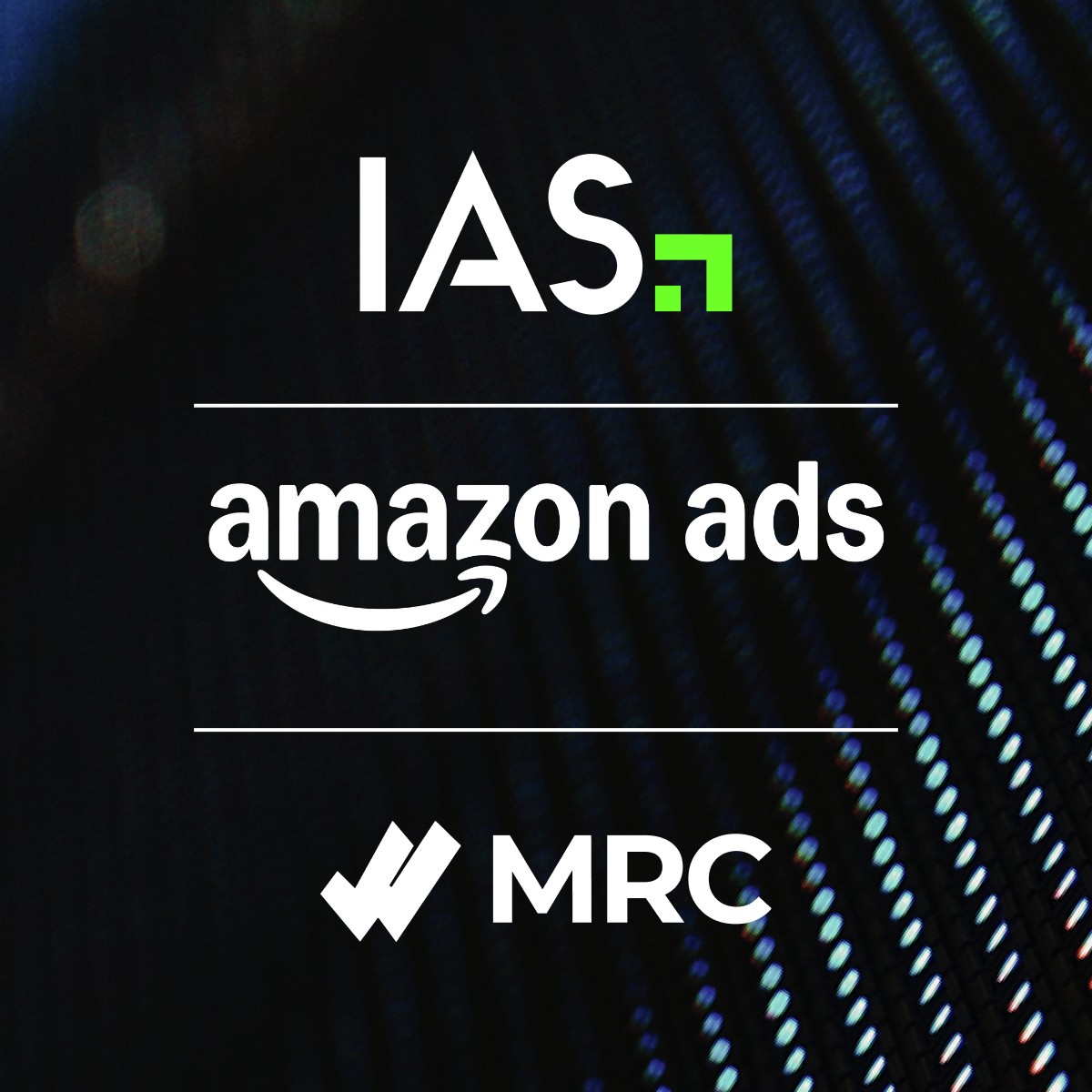Connected TV’s (CTV) meteoric rise has revolutionized the way viewers watch and consume entertainment media. 60% of U.S. households own a CTV device, and CTV usership is expected to surpass 242 million users in the U.S. alone by 2026. As the home entertainment landscape expands, lucrative advertising opportunities will continue to emerge. However, with any successful advertising platform comes threats to your brand — from both external bad actors and risky content that lives on CTV platforms.
What is Connected TV?
Ever watched your favorite show on a Smart TV? If yes, then you’ve used a CTV device. CTV is any TV device that is connected to the internet and enables users to stream premium content through apps, like Netflix or Hulu. A few examples of CTV devices include Apple TV and Roku, but they can also include set-top boxes and gaming consoles like Amazon Fire TV, Xbox, and PlayStation.
These devices transform the traditional television experience by integrating internet capabilities, allowing for an on-demand viewing experience that traditional cable doesn’t offer. Additionally, many Smart TVs come with built-in CTV functionalities, eliminating the need for external devices.
With the increasing penetration of high-speed internet, more households are adopting CTV devices, contributing to the decline in traditional TV. This evolution signifies a major shift in how audiences consume content, making CTV an essential platform for advertisers to stay ahead in the digital age.
Connected TV vs. Linear TV
Connected TV and linear TV (another term for traditional TV) have their differences. The biggest discrepancy between these two environments is that CTV is delivered digitally through the internet, while linear TV is delivered via a cable network or satellite.
They also differ in terms of viewer experience. CTV offers users the flexibility of on-demand viewing experiences, while linear TV is programmed ahead of time and delivered on a set schedule. Viewers using CTV can watch what they want, when they want, without being tied to specific broadcast times. On the other hand, linear TV requires viewers to adhere to the broadcaster’s timetable, sometimes resulting in missed content or the need to record shows for later viewing.
What is CTV advertising?
CTV advertising refers to video ads that are shown to viewers while they stream their favorite movies and TV shows. This type of programmatic advertising allows for highly accurate audience targeting and in-depth measurement of media quality metrics like viewability, invalid traffic, brand safety, and more. By utilizing CTV ad verification metrics, advertisers can enhance their campaign effectiveness and ensure their advertisements reach the most relevant viewers.
CTV ad breaks are structured similarly to traditional TV ad breaks, with ads served around and within a show in time-based ad pods. However, on CTV, advertisers typically have access to more data, which enables them to be much more granular in their targeting. This data can include viewer behavior, demographics, and even specific interests, allowing for a highly personalized ad experience.
More and more audiences watch free streaming services, making CTV ads more important than ever. CTV advertising plays a significant role in keeping some CTV platforms free for viewers. Without the revenue that comes from CTV ad purchases, many streaming platforms wouldn’t be able to offer free content for their audiences.
The advantages of advertising on CTV
CTV advertising is highly unique. It combines the impact of traditional TV (also known as linear) advertising with the advanced capabilities of modern digital advertising — so you can reach your desired audience in the right place at the right time.
Top 4 benefits of CTV advertising:
- Targeting Opportunities: Rich CTV data enables marketers to precisely target audiences based on age, gender, location, purchase behavior, and more — maximizing engagement and ROAS. This granularity in targeting ensures ads are delivered to the most relevant viewers, resulting in higher conversion rates and a better overall ROI.
- New Paths to Audience Engagement: CTV allows brands to reach broader swaths of consumers, including those who have parted ways with traditional cable TV (“cord-cutters”) and those who never used it (“cord-nevers”). This expanded reach opens new avenues for audience engagement and brand visibility.
- High Completion Rates: CTV boasts high video completion rates, as it’s typically not possible for viewers to skip CTV ads. This ensures that the brand message is fully conveyed, increasing the likelihood of viewer retention and action. Such completion rates are critical for maintaining a strong brand presence and driving viewer recall.
- Near Real-Time Data: Ad campaigns on CTV are trackable in near real-time thanks to an abundance of first and third party data. This near real-time tracking provides advertisers with invaluable insights into campaign performance, allowing for swift adjustments to maximize efficiency and effectiveness.
But CTV ads aren’t inherently protected
As with any digital environment, CTV’s terrain isn’t all smooth. Video ad inventory is especially susceptible to fraud, brand risk, and being out-of-view.
In the current fragmented CTV ecosystem, there is a greater risk of fraudulent activity than ever before. Plus, CTV’s expansive ecosystem contains a wide variety of content that could either be unrelated to your brand or damaging to your brand’s image. Having your ads delivered in either of these types of environments can result in wasted ad spend at best and, at worst, permanent damage to your brand’s reputation.
For example, adult content apps are available across most CTV devices; there could also be violent video content, or movie and TV scenes that are in direct conflict with what’s suitable for a specific brand (like a home rental company brand ad running right after a home break-in scene). This kind of misplacement can cause reputational harm that may be challenging and costly to repair.
Advertisers can employ sophisticated tools to mitigate risks and safeguard their brand’s image. Ensuring media quality through post-bid measurement and pre-bid optimization methods can help identify and avoid unwanted content that could negatively impact viewer perceptions. Ultimately, the goal is to deliver ads in a context that aligns with the brand’s values and resonates positively with the target audience, fostering trust and driving better engagement.
Protect your CTV ads with IAS
As CTV adoption continues to skyrocket, so will the risks that come with CTV ads. That’s where IAS comes in.
IAS works directly with some of the largest streaming platforms to deliver the most actionable data available on CTV. With granular post-bid measurement and pre-bid optimization segments, marketers can better understand their investments and ensure they bid only on valid inventory across streaming platforms.
But we don’t stop there. With the acquisition of Publica in 2021, IAS gained the unique ability to provide CTV streaming publishers and platforms with the ad serving technology to run unified auctions and build seamless ad breaks, enabling sell-side partners to grow their advertising revenues and improve their viewers’ streaming experiences.
If your brand is advertising on CTV, media quality is a must. Reach out to an IAS representative or click here to learn more about how IAS helps you protect your brand, improve ROI, and increase efficiencies on CTV.
 Share on LinkedIn
Share on LinkedIn Share on X
Share on X

